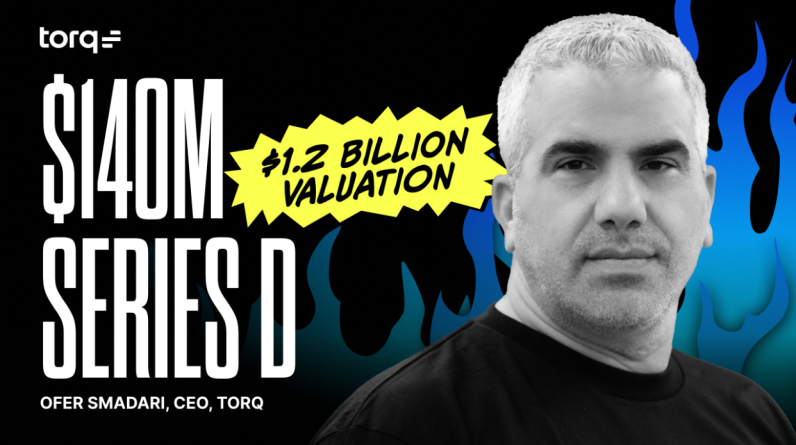
In the past, it’s been common practice to look to advances in computed tomography (CT) imaging system hardware for improvements in cardiac imaging. Innovation in the hardware of the machine itself has helped to make it possible to reach the high scanning speeds necessary to obtain high-quality cardiac images.
One of the advantages of CT scanning is that it is a fast method for creating a 3D image of the heart and coronary arteries. Hardware, though, is rapidly reaching its physical limitations in the ability of CT scanners to provide the additional temporal resolution necessary to increase quality in cardiac exams.
“The next leap in image quality and efficiency for cardiac exams is being made possible by refinements in CT software and through artificial intelligence (AI). Fortunately, these AI advances are now found in the types of CT systems that are more accessible to a wide range of healthcare institutions, which means more patients will have the opportunity to benefit from high-quality cardiac scanning,” said Dr. Atul Gupta, chief medical officer of diagnosis and treatment at Philips and practicing radiologist.
This is important because coronary computed tomography angiography (coronary CTA) has become the preferred noninvasive imaging exam to help clinicians detect and rule out coronary artery disease (CAD). Coronary CTA provides a view of the coronary anatomy and helps clinicians visualize atherosclerotic plaque to aid in the detection of lesions that may limit blood flow to the myocardium.
Recently updated guidelines affirm the value of coronary CTA as a first line test for patients with stable or atypical chest pain or other symptoms of angina (a type of chest pain caused by reduced blood flow to the heart), and demand for CTA exams is expected to increase. [1]
There are multiple challenges in imaging coronary arteries with CT. These arteries are small, about 1 mm or less at their furthest point, and they move rapidly and in multiple directions as the heart beats, which may contribute to blurring during cardiac imaging that can make images less clear. Unpredictable cardiac motion due to irregular and high heart rates can lead to sub-optimal or cardiac exams that can’t be used for diagnosis. The temporal resolution of coronary CTA is insufficient to address motion artifacts from irregular or higher heart rates, resulting in coronary segments that aren’t easy to evaluate, which makes diagnosis harder.
This is why AI solutions, paired with advanced hardware, are so promising.
How hardware, software, and AI go hand in hand for improved cardiac imaging
The Philips CT 5300 system features NanoPanel Precise, the industry’s first CT detector built from the ground up specifically for AI-based image reconstruction. This detector leverages the full capabilities of Philips Precise Image AI-reconstruction software to deliver high-quality images at much lower radiation dose. Combined with Precise Cardiac motion compensation, Precise Image makes the CT 5300 system particularly suitable for high-quality, motion-free cardiac imaging in patients with high heart rates or heart-rate variability.
Correcting for the motion that happens in cardiac arteries
Precise Cardiac is a reconstruction technique that compensates for cardiac motion to improve visualization of the coronary arteries during CT imaging. This enables clinicians to see what’s happening in the coronary arteries.
Precise Cardiac demonstrates significant improvements in image quality of the coronary arteries, compared with standard cardiac CT reconstructions. Applicable for different types of CT exams (retrospectively gated helical exams and prospectively gated axial exams), Precise Cardiac employs efficient filtering techniques in a predefined region around the targeted cardiac phase to identify relevant objects and dynamically track their motion behavior in the localized portion of the cardiac cycle. Motion-corrected images are generated by taking into account the displacement of structures and performing the relevant corrections as part of the reconstruction process.
Smart automation in this advanced CT system
Precise Cardiac is built into the CT workflow, avoiding the need for any manual intervention by the person doing the scanning, the need for data transfer or the need for additional workstations. It improves diagnostic confidence in challenging patients with high or irregular heart rates and can help a clinician salvage some coronary segments previously deemed nondiagnostic using standard cardiac reconstructions, thus increasing diagnostic confidence in coronary CTA exams. Coronary motion correction can potentially reduce the need for a repeat scan.
AI-enabled cardiac scanning at every step
Cardiac imaging is advancing. From scan preparation through reconstruction, the powerful Philips AI-enabled innovations in cardiac imaging matter. Tools like Precise Image AI reconstruction and Precise Cardiac for motion-corrected images help deliver precision in dose, speed and image quality.
As more institutions gain access to AI-enabled CT systems that can offer high-quality cardiac scans at low dose, more patients can benefit. We’d love to have you continue the conversation with your clinician as appropriate.
Talk with your clinician about if cardiac scanning is right for you. Clinicians can reach out to their Philips representative to learn more about AI and cardiac scanning.
Click here to learn more about AI in cardiac imaging
REFERENCES
- Narula J, Chandrashekhar Y, Ahmadi A, et al. SCCT 2021 Expert Consensus Document on Coronary Computed Tomographic Angiography: A Report of the Society of Cardiovascular Computed Tomography. J Cardiovasc Comput Tomogr. 2021 May-Jun;15(3):192-217. doi: 10.1016/j.jcct.2020.11.001. Epub 2020 Nov 20. PMID: 33303384; PMCID: PMC8713482.










